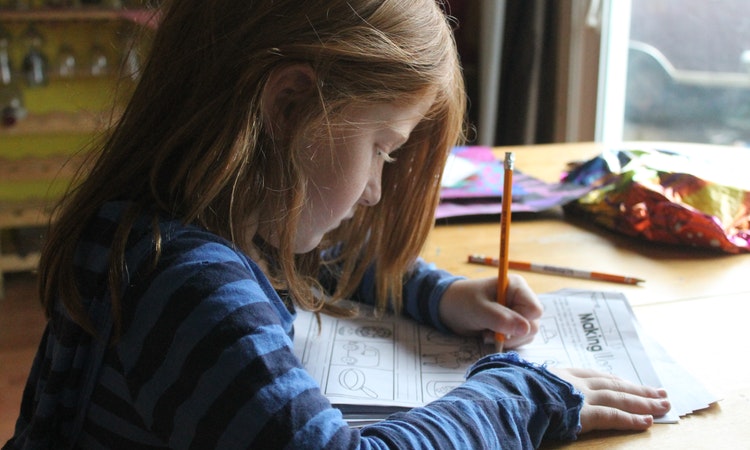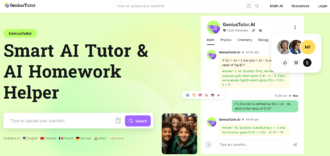Parent Guide: 7 Homework Tips Your Child Should Know
- 1 Parent Guide: 7 Homework Tips Your Child Should Know
- 1.1 Explore free online tools.
- 1.2 Powerpoint conversion
- 1.3 Plagiarism prevention
- 1.4 A free online tutoring program
- 1.5 Express your eagerness as a supportive parent.
- 1.6 Make a time management plan.
- 1.7 Create a dedicated space for homework.
- 1.8 Encourage your child to be active during class hours.
- 1.9 Motivate them to take notes with multiple-coloured pens.
- 1.10 Discover your child’s learning style.
- 2 Conclusion
Homework is no one’s favourite after a hard day of school or work, whether for a college or grade school student. We have compiled a list of the most incredible homework hacks available to help you accomplish this problematic chore much quicker!
There is little question that kids are under more stress than ever. For several families, homework is an unavoidable evening fight, but you will be relieved to learn it does not have to be! According to previous research, doing regular homework and studying at home can help your kid achieve higher grades in school. Still, we understand how difficult it can be to persuade your child to sit and focus on their schoolwork rather than their high school buddies. As tuition costs climb, expectations rise, and duties increase, there must be ways to make homework a bit simpler and stress-free through this blog.
Parent Guide: 7 Homework Tips Your Child Should Know
Explore free online tools.
There are a lot of online tools that could help students with their homework, most especially during this pandemic. Graphic designs, mathematical problems, and grammar—name it, you can browse the world wide web to find the most suitable applications and tools.
Powerpoint conversion
Now that most instructors use PowerPoint in their virtual lesson presentations, it is becoming more difficult for students to grasp all the topics. Fortunately, you can use the PDFBear’s PPT to PDF Tool to convert these presentations into more comprehensive, compiled, and space-saving PDF documents, all for free! Your children may convert their Microsoft PowerPoint Presentation to a PDF file with only a few clicks. It has never been simpler. The PDFBear ensures that the integrity of your PowerPoint presentations is preserved when transformed into PDFs. Because the PDFB AR team recognizes that your files may include sensitive information, they have ensured that your privacy is protected to the fullest extent possible.
Plagiarism prevention
This online plagiarism detection program provides prompt comments and ideas to assist you in improving your writing and citation abilities. Turnitin checks his work for unoriginal material and citation mistakes by comparing it to internet resources, scholarly articles, student papers, and published publications.
A free online tutoring program
Expert tutors can help with writing and live, on-demand tuition 24 hours a day, seven days a week. Smarthinking is a free online tutoring program that assists you when needed. You will find an ink for the service in each online course you’re taking to create a personal account.
Express your eagerness as a supportive parent.
Have you ever wondered how much homework your youngster must complete or worried they are doing too much or too little? These worries can be alleviated simply by looking at your school’s website. Most education systems will have their assignment rules posted on their website, which you can access and review, but if it’s more convenient, you can always drop in to see their teacher after school. They will be aware that you are interested and have a genuine concern for your child’s academics and will be able to explain what is required of you regarding assignments.
Make a time management plan.
Does your kid become easily distracted? Maybe they are doing their homework when they get a notice from Instagram. Do they want to send a text message? Or perhaps a song comes to mind, and you go down the YouTube blind alley? It happens, but these school life tricks might help you manage your youngster’s time. Repeat this procedure using the Pomodoro Technique until the work is completed. Take a 15- to 30-minute pause after completing one job before moving on to the next. This method allows them to complete their tasks without being overwhelmed or burned out. Once they know how much homework is anticipated and how long it should take, set aside a specific amount of time each day before or after school and adhere to it.
Create a dedicated space for homework.
It is necessary to have a physical area for schoolwork. Older children may study at a desk in their bedroom, but younger children can do their schoolwork at the kitchen table or in a quiet living room while you are nearby. Having a dAon-free space is the most excellent approach to guaranteeing that your concentration is squarely on getting the task done fast and to a high standard.
Encourage your child to be active during class hours.
Being proactive in class is the key to victory; these school life hacks will help you. They ask the lecturer if your child can record their lecture on their phone if they are in a lecture-heavy class. If they get behind on in-class note-taking, documenting a class might help them catch up and give them another study assistance before an assignment or test.
Motivate them to take notes with multiple-coloured pens.
It is also a good idea to take notes in various colours. Colour coding has long been a favourite among instructors, and there is a reason for it. Using various co ors stimulates your brain and aids in forming and solidifying links between items and their designated colours, such as a red assignment folder or a blue additional work folder. Different hues stimulate your child’s photographic perception and reduce the time they need to recall material when taking notes, which is especially essential before an exam.
Discover your child’s learning style.
Also, experiment with several note-taking ways to see which works best for your child. Not only will learning how to outline material assist your brain in grasping the links between topics, but it will also make learning much more straightforward. Your child may use the Cornell technique to take notes, which breaks down topics more conceptually. Whatever approach they use, remember that virtually all studies advise against using a single colour for random bullet points.
Conclusion
Being a student is indeed tricky. The stakes become higher, and the obligations increase as you progress through your schooling, but it is also a crucial transitional phase between early adulthood and maturity. These student life tips may make courses go more smoothly, studying more productive, and sharing a living area with new people less frightening for your kids.


















